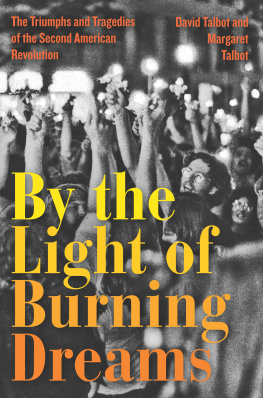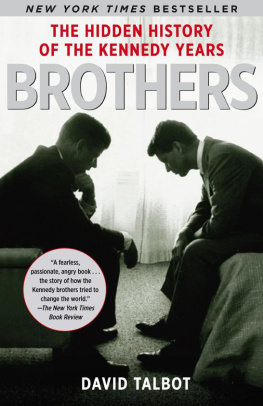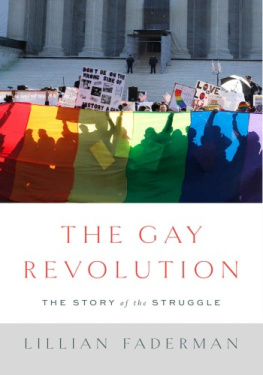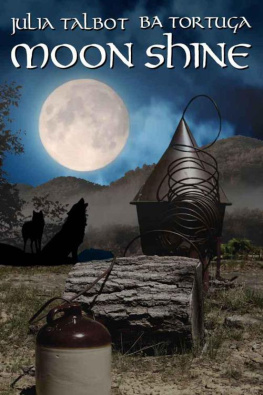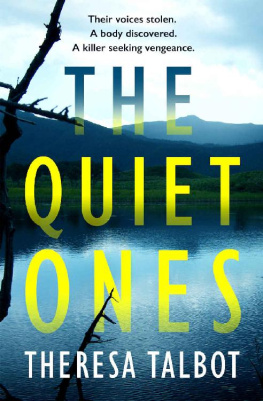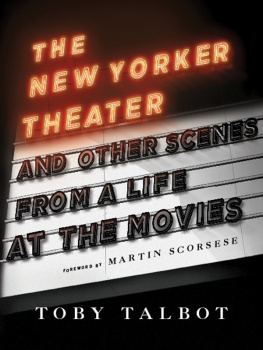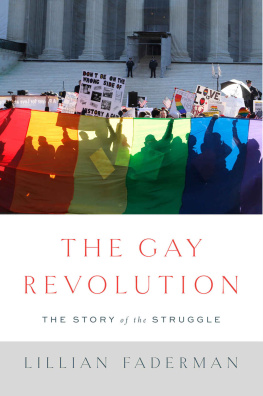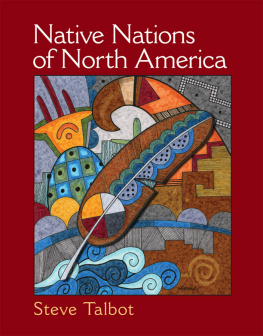David Talbot - By the Light of Burning Dreams: The Triumphs and Tragedies of the Second American Revolution
Here you can read online David Talbot - By the Light of Burning Dreams: The Triumphs and Tragedies of the Second American Revolution full text of the book (entire story) in english for free. Download pdf and epub, get meaning, cover and reviews about this ebook. year: 2021, publisher: HarperCollins, genre: Politics. Description of the work, (preface) as well as reviews are available. Best literature library LitArk.com created for fans of good reading and offers a wide selection of genres:
Romance novel
Science fiction
Adventure
Detective
Science
History
Home and family
Prose
Art
Politics
Computer
Non-fiction
Religion
Business
Children
Humor
Choose a favorite category and find really read worthwhile books. Enjoy immersion in the world of imagination, feel the emotions of the characters or learn something new for yourself, make an fascinating discovery.
- Book:By the Light of Burning Dreams: The Triumphs and Tragedies of the Second American Revolution
- Author:
- Publisher:HarperCollins
- Genre:
- Year:2021
- Rating:5 / 5
- Favourites:Add to favourites
- Your mark:
By the Light of Burning Dreams: The Triumphs and Tragedies of the Second American Revolution: summary, description and annotation
We offer to read an annotation, description, summary or preface (depends on what the author of the book "By the Light of Burning Dreams: The Triumphs and Tragedies of the Second American Revolution" wrote himself). If you haven't found the necessary information about the book — write in the comments, we will try to find it.
Winner of the Northern California Book Award for General Nonfiction
New York Times bestselling author David Talbot and New Yorker journalist Margaret Talbot illuminate Americas second revolutionary generation in this gripping history of one of the most dynamic eras of the twentieth centurybrought to life through seven defining radical moments that offer vibrant parallels and lessons for today.
The political landscape of the 1960s and 1970s was perhaps one of the most tumultuous in this countrys history, shaped by the fight for civil rights, womens liberation, Black power, and the end to the Vietnam War. In many ways, this second American revolution was a belated fulfillment of the betrayed promises of the first, striving to extend the full protections of the Bill of Rights to non-white, non-male, non-elite Americans excluded by the nations founders.
Based on exclusive interviews, original documents, and archival research, By the Light of Burning Dreams explores critical moments in the lives of a diverse cast of iconoclastic leaders of the twentieth century radical movement: Bobby Seale of the Black Panthers; Heather Booth and the Jane Collective, the first underground feminist abortion clinic; Vietnam War peace activists Tom Hayden and Jane Fonda; Cesar Chavez, Dolores Huerta and the United Farm Workers; Craig Rodwell and the Gay Pride movement; Dennis Banks, Madonna Thunder Hawk, Russell Means and the warriors of Wounded Knee; and John Lennon and Yoko Onos politics of stardom. Margaret and David Talbot reveal the epiphanies that galvanized these modern revolutionaries and created unexpected connections and alliances between individual movements and across race, class, and gender divides.
America is still absorbingand reacting againstthe revolutionary forces of this tumultuous period. The change these leaders enacted demanded much of American society and the human imagination. By the Light of Burning Dreams is an immersive and compelling chronicle of seven lighting rods of change and the generation that engraved itself in American narrativeand set the stage for those today, fighting to bend forward the arc of history.
By the Light of Burning Dreams includes a 16-page black-and-white photo insert.
David Talbot: author's other books
Who wrote By the Light of Burning Dreams: The Triumphs and Tragedies of the Second American Revolution? Find out the surname, the name of the author of the book and a list of all author's works by series.

